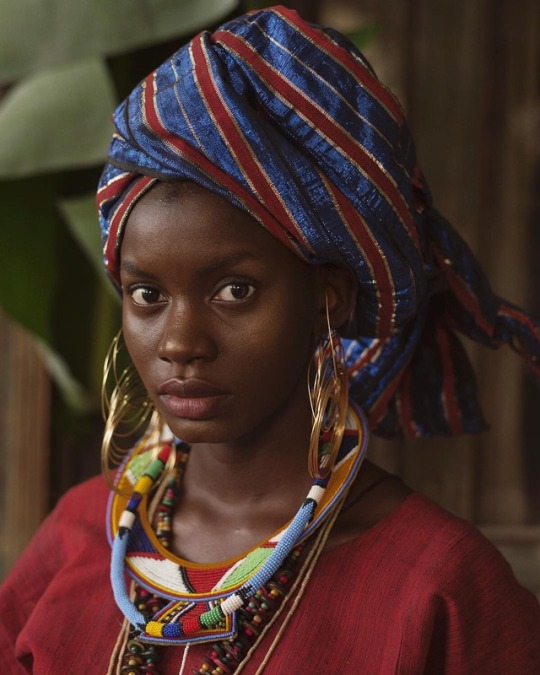Don't wanna be here? Send us removal request.
Quote
in this village,if you go to school, no one will be forcing you to marry any man. but if you didn't go to school,they will marry you to any man once you are reaching fifth teen years old. your schooling is your voice,child, it will be speaking for you even if you didnt open your mouth to talk. it will be speaking till the day god is calling you come.
Abi Dare, the girl with louding voice(25)
1 note
·
View note
Text
kayrus nod his head up and down,pull his lips with his teeth and bite on it. he don’t say one word after that. He just bite his lips and grip my hand tight and squeeze.
Abi Dare, The Girl With The Louding Voice(13)
0 notes
Quote
One time, I bring puff-puff to Iya,after Mama was too sick to travel far, and when I reach home that night and ask Mama why she keep sending food to peoples when she is feeling too sick to travel far,Mama say,"Adunni,you must do good for other peoples, even if you are not well,even if the whole world around you is not well.
Abi Dare,The Girl With The Louding Voice(9)
3 notes
·
View notes
Text
10 Nigerian Fiction Novels
FRESHWATER by Akwaeke Emezi.”This impressive debut novel is dark, powerful and provocative. It is, in many ways, about the complexities of a divided self, construction of identities and multiple realities. It focuses on a young Nigerian woman, Ada, who develops separate selves within her.As she grew, Ada became a source of deep concern to her family with her exhibition of volatility. When she came of age and moved to America for college, the group of selves within her grew in power. It soon became clear that something had gone terribly wrong.“ (Channelstv.com)
MY MIND IS NO LONGER HERE by Nze Sylva Ifedigbo.”Osahon – a man who is haunted by a dark past. Donatus, a graduate obsessed with a single-minded resolve to be better than his father. Haruna, the doctor who could not save his and Chidi – an unemployed graduate who wants to become wealthy at any cost.The world of these four men become entangled with Yinka, the front man for a powerful trafficking syndicate in this intriguing novel. It’s the story of a nation in the midst of decay and of men willing to risk it all in a bid to chase dreams beyond their reach”. (Channelstv.com)
WHEN TROUBLE SLEEPS by Leye Adenle.”When Trouble Sleeps is a thriller that plunges into the dark world of greed, political intrigue, blackmail, murder and sex workers.The novel’s protagonist, Amaka, in this sequel to the award-winning Easy Motion Tourist, returns to continue her one-woman crusade to protect vulnerable women while seeking out ways to bring justice to abusers and corrupt politicians.The self-appointed saviour of Lagos’ sex workers, Amaka may have bitten off more than she can chew this time as she finds herself embroiled in a complex political scandal that rocked the state and everything dear to her.Caught in a game of survival, against a backdrop of corruption, sex, and violence, Amaka must find a way to outwit those gunning for her life.” (Channelstv.com)
THE EXTINCTION OF MENAI by Chuma Nwokolo.”Twins separated at birth discover their true identities many years later.Brothers Humphrey, a London writer, and Zanda, a journalist in Abuja, Nigeria, are descendants of a Nigerian tribe whose members were subjected to drug tests that killed thousands.In this stunning novel, Chuma Nwokolo moves across time and continents to deliver a story that explores power relations expressed through the competing narratives that record the life and death of a civilization”.(Channelstv.com)
LAGOS NOIR Edited by Chris Abani.”The award-winning series of original noir anthologies, launched in 2004 with Brooklyn Noir, comprises of new stories, each set in a distinct location within the geographic area of the book.Lagos Noir joins the series with a set of exciting new stories by some of Nigeria’s most brilliant writers like Nnedi Okorafor, E.C. Osondu, Jude Dibia, Chika Unigwe, A. Igoni Barrett, Sarah Ladipo Manyika, Uche Okonkwo, and Leye Adenle.This anthology stands out because of its unique and philosophical approach to crime in Lagos – one of the world’s fastest growing cities. It’s a must-read for lovers of crime stories”.(Channelstv.com)
CHILDREN OF THE BLOOD AND BONES by Tomi Adeyemi.”This young adult fantasy novel that is the first of a trilogy, is loaded with West African mythology, captivating magic and consummate plots that highlight themes like racism and oppression.This book stretches the boundaries of imagination with its fascinating action scenes and incredible creatures.It debuted at number one on The New York Times best-seller list for young adult books and is currently being developed as a movie by Fox 2000/Temple Hill Productions”.(Channelstv.com)
DISOWNED by Nina Anyianuka.” This is a collection of five stories of sadistic abuse, violence and an almost institutional sexual cruelty towards young girls and women in sub-Saharan Africa where the society is built on the power of men and timidity of women.The stories are told by five fictional Nigerian women who recount their personal experiences in their own voices. Issues ranging from sexual abuse and child molestation to prostitution, widowhood and domestic violence are tackled head-on in this book.Though deeply emotional and dark, Nina’s fast-paced and light-hearted writing approach makes the book enjoyable to read and difficult to put down”.(Channelstv.com)
AFONJA – THE RISE by Tunde Leye.”This is an exciting novel that makes a brilliant attempt at capturing and narrating the legendary story of the battle for supremacy between Prince Aole Arogangan, the newly selected Alaafin of the empire and Afonja, the powerful provincial chief of war, Ilorin.Afonja had been promised the office of Aare Ona Kakanfo of all the Oyo forces by the Oyo chiefs in order to secure his support for Aole’s ascension. He would stop at nothing to take what he believed was his by right.Afonja – The Rise is the story of how the clashes of these two men and the intrigue of the others around them transformed what was a slow decline into a race of the empire towards its collapse.Leye’s brilliance as a writer manifests in this thrilling historical fiction“.(Channelstv.com)
EMBERS by Soji Cole.”This book won the Nigeria Prize for Literature 2018. It’s dramatic literature that focuses on frightful contemporary experiences in the dreaded Sambisa Forest and one of the Internally Displaced People’s (IDP) Camps in Northern Nigeria.Soji Cole, who is a member of the Faculty of Arts at the University of Ibadan as a teacher of playwriting at the Department of Theatre Arts, held nothing back in creatively constructing a tale that couldn’t be more relevant in today’s Nigeria”. (Channelstv.com)
WE WON’T FADE INTO DARKNESS by TJ Benson.”An abusive father is forced out of safety to find his runaway son in a world where males are going extinct and female monarchs have resorted to drastic methods to ensure continuity of the Nigerian race.An Ogbanje travels to a near post-apocalyptic Nigeria from the past with a solution even she is not aware of. A white boy who lives in Lagos seizes a banned book from one of his father’s Nigerian household serfs and their friendship yields disastrous consequences in Passion Fruit.We Won’t Fade into Darkness is a collection of fascinating stories whose common thread is hope. TJ Benson who is a Nigerian writer and creative photographer makes a statement with this brilliant book”. (Channelstv.com)
5 notes
·
View notes
Text
Five Nigerian Nonfiction Books
.Under the Udala Trees / Chinelo Okparanta. “A young Nigerian woman, displaced during the Civil War, begins a love affair with another refugee from a different ethnic community. This debut novel tells the story of two women discovering the cost of living amidst taboos and prejudices in uncertain times”. (Norwhich Public Library)
Known and strange things / Teju Cole. “Born in the United States and raised in Nigeria, Teju Cole’s first collection of nonfiction considers international, personal, cultural, technological, and emotional journeys. Of particular interest are his essays on photography where he applies a curatorial eye to the history of photography and discusses the work of photographers like Nigeria’s J.D. ’Okhai Ojeikere” (Norwhich Public Library)
Heroic Africans: Legendary Leaders, Iconic Sculptures / Metropolitan Museum of Art. “In this 2011 exhibition catalog, curator Alisa LaGamma discusses leading West and Central African sculptural traditions as commemorations of real people who lived and died but are as fixed forms of expression that emulate ethical and political standards and power”. (Norwhich Public Library)
The Trouble With Nigeria by Chinua Achebe.”No apologies for including Achebe twice. He wrote this caustic booklet in the early 80s, but it still rings true. This time, Achebe puts the blame for Nigeria's many post-independence failings firmly on the Nigerians themselves. "Nigeria is not a great country", he writes. "It is one of the most disorderly nations in the world. It is one of the most corrupt, insensitive, inefficient places under the sun … It is dirty, callous, noisy, ostentatious, dishonest and vulgar. In short it is one of the most unpleasant places on earth!" And yet Achebe still believes in Nigeria's potential, if only it could find leaders with integrity.” (The Guardian.com)
The Years of Childhood by Wole Soyinka.”This is one of Wole Soyinka’s earlier memoirs. He chose a moment in his childhood, from when he was four to when he was 11 and he represented that. He wrote in the voice of an adult – Wole Soyinka, and he was able to capture the magic of childhood and his growing up and the complexity that he faced in a changing culture, the emerging Western culture encroaching on the traditional African culture. He shows how things gradually started to change. And the older he gets, of course, the more changes there are.He uses particular tropes such as family, commerce, etc, to develop this theme of change. So, for example, using an institution like religion. His mother is called Wild Christian in the book, which exemplifies her total commitment to her religious belief. And then you have the church itself, the parsonage, which is just next door to the Soyinkas’ compound, and you see how it interacts with the other side of the town, which is animist and African. There is this symbolic demarcation between the Christian and the traditional. And later in the book there is this growing nostalgia, a lament about the modern taking over from the traditional. Well, not totally taking over, but hybridising it, changing it irrevocably. Another interesting part of the book is how his father, called Essay in the book and who is a headmaster at the local school, pushes him to get a Western education. And through this process we notice the young Soyinka changing, dualising mentallyOne other thing he uses very well is the Second World War. The book is set in the 1930s and 1940s, and, without overtly mentioning the war, you still have references to Hitler and the soldiers passing through the village. War is perhaps the best metaphor a writer can use to signify change, cataclysmic change. So you really understand about the West’s influence on his childhood.” (Five Books. com)
0 notes
Photo
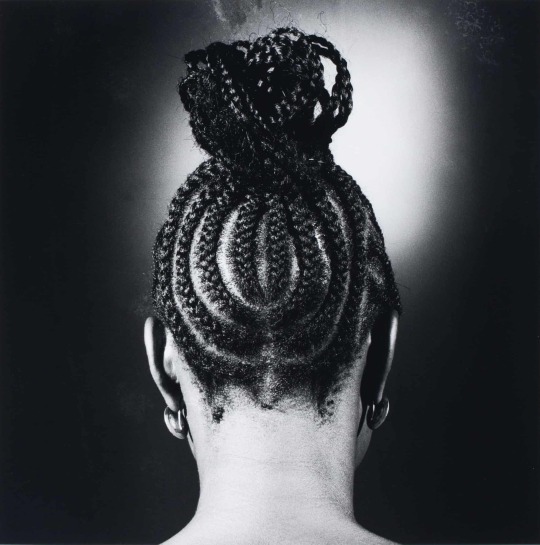
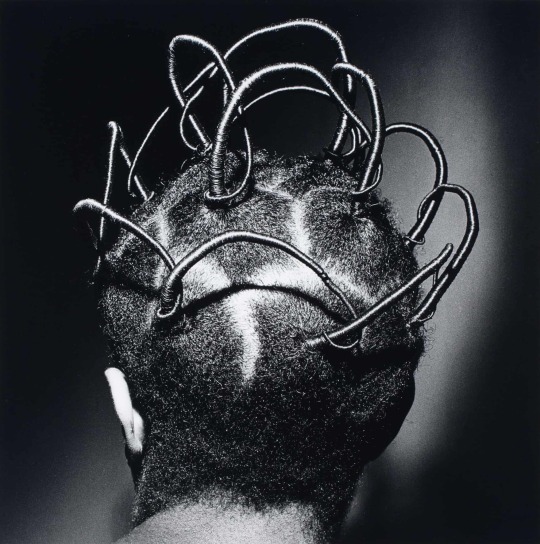
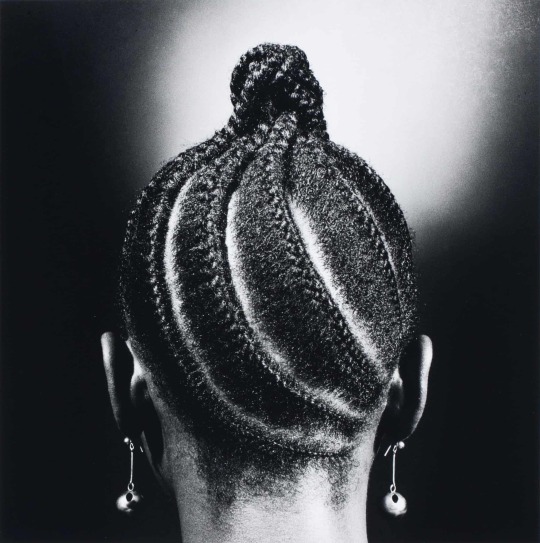
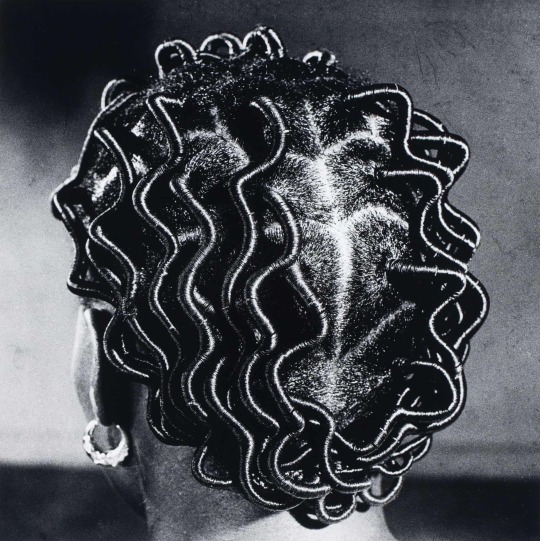
Photography by J. D. ’Okhai Ojeikere, 1966-75
1K notes
·
View notes
Text
The longer I stay home, the more appreciation I have for the traditional aspects of Nigerian culture. It is very common for women to live with their parents until they are married. I mean, some will have a few years elsewhere for work and school, but most traditional Nigerian parents will want you to live at home during your twenties until you go to your husband’s house.
Now, I’ve lived all over the place and at 24 this is my first time really living at home for an extended period of time since high school. And I LOVE IT.
There’s cons ofc but I literally look my best I’ve ever looked. My mom takes such good care of me and makes sure that I look my best at all times. I’m well fed, and I’m not as stressed about money because I’m living in my nice ass suburban house. When I want food or wine or anything really, it’s there! Ans my mom gives such great advice too. And I keep asking myself why tf was I so pressed to go and pay an arm and a leg to live in a dusty ass apartment in nyc when my parents have a pretty 5 bedroom home that they’ve been begging me to return to??? Chai I was really wildin but my eyes have opened. I doubt I could stay here until marriage but I think Atleast until I save up and buy my own house in the next couple of years, staying at home could be the waveee. It’s also kept me from making nonsensical decisions and has made me more conscious of the type of men I choose to fraternize with. When I was living alone it was easier for me to get into some unwarranted trouble but now I hold myself to the standards my parents hold me to, and they view me and my sisters as high value princesses 🥺 it’s just really sweet to see how highly they view me, and being around that constantly has really heightened my confidence and reduced my tolerance for BS
It’s just amazing how getting older switches your perspective and makes you appreciate paradigms that’s once seemed old fashioned. There really is value in tradition and I’m happy I’m seeing that at this time in my life.
82 notes
·
View notes
Text
Eyo Festival (Adamu Orisa Play)
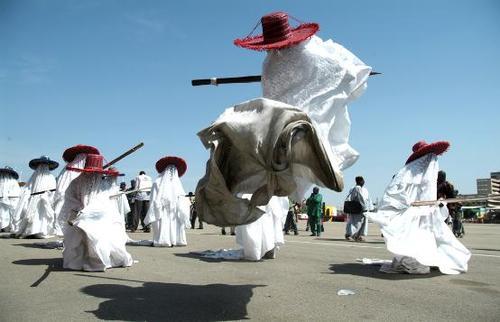
The Adamu Orisha Play had evolved over three centuries and it is usually held to celebrate the life or commemoration of the passage of or ascension to the throne of an Oba (King) of Lagos. It is also held in memory of a worthy individual who has contributed immensely to the progress and development of Lagos. It is deemed as constituting the highest honour that Lagos canmake to repay a citizen for eminence and public service.
The play is initiated through permission from the Oba (King) of Lagos by a person who believes that their departed ancestor deserved to be honoured and celebrated for their contribution to Lagos. The Oba will then direct one of his messengers to invite the Akinsiku of Lagos (Head of all Eyo) to the palace. The Akinsiku lays out all the plans and specifies the Ikaro (the offerings and presents required from the applicant family before the play can be staged). The Akinsiku distributes the gifts to the deity families of Lagos. After this a divination process is carried out at the Ewe Adimu (the sacred sanctuary of the Eyo Orisas) to choose a day that is best for holding the festival.
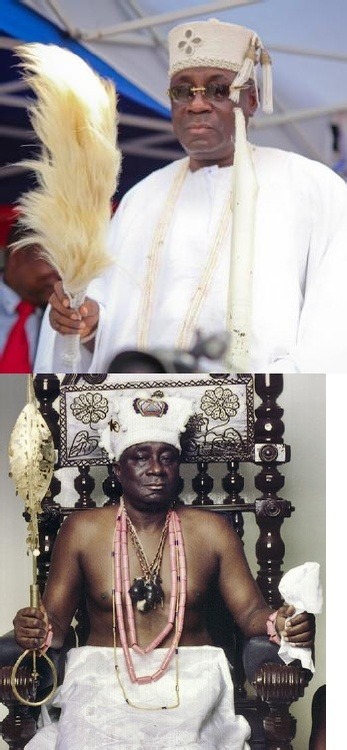
His Royal Majesty, Oba Rilwan Akiolu (the King of Lagos)
The Eyo masquerades are required to be tall people, which is why they are called Agogoro Eyo (the tall Eyo). The Eyo masquerade speaks in a ventriloquial voice, suggestive of its otherworldliness; and when greeted, it replies: “Mo yo fun e, moyo fun'ra mi” (“I rejoice for you, and I rejoice for myself). This response connotes the masquerades as rejoicing with the person greeting it for the witnessing of the day, and its own joy at taking the hallowed responsibility of cleansing.
The Eyo festival is not performed annually, instead it is performed at the discretion of the Oba. Before the Eyo date, rituals and sacrifices are done to avert bad luck, tragedy or bloodshed as well as for the safe commuting and procession of guests and Eyo groups respectively. Most of these rituals are done away from the general public, and can only be performed by members of the Adimu conclave.
On the Eve of the Eyo, the Orisha Adimu visits the Imokun to commemorate with the family of the dead,followed by Eyo Oniko, and Eyo Ologede. This is done at about 2 am. When they return, feedback is sentto the Oba, who also visits the Imokun in the early hours of the day. After many of the traditional rites have been performed, at about 7 am, all the other smaller Eyo groups’ are now permitted to walk the streets. At this time, the five Eyo groups go to the Oba’s palace in a procession.Now, Eyo groups can go from place to place visiting and exchanging pleasantries with their friends and loved ones. If any smaller Eyo group meets another superior Eyo, it brings its wooden staff of office (Opanbata) down as a sign of respect and submission.
youtube
youtube
Three days after Eyo there’s another cult group called “ Akalamekunake” who go to the Imokunto remove the corpse. This rite is prohibited to be seen by the public. Also, two to three months later, the Eyo celebrates the “ Adabo” – a gathering to congratulate one another on successfully performing the Eyo rites and festival safely. When this is done, the Oba, his chiefs and the children and relatives of the deceased gather in front of the Oba’s palace to dance. This dance ritual is called “won jo opa.” It is only after this dance that the Eyo festival is considered finally over. Since only one day is open to the public, people believe the Eyo festival occ occurs only in a single day when in reality it takes about three months for the entire ritual to be conducted.
The Opambata is the wooden staff of office, which you use to touch other Opambata and exchange pleasantries, except for cases where they are used to beat offenders of the Eyo norms and tradition.
The Eyo masquerades (Eyo Orisha) are categorized into five various groups, Adimu( Eyo Orisha), Eyo Alaketepupa, Eyo Oniko, Eyo Ologede, and Eyo Agere. Within these different types of masquerades, thereexists a hierarchical order. Asides from these hierarchical differences, they also have distinct physical characteristics and functions
Adimu Orisha is the highest and most respected among the five Eyo groups. They are seen as the closest to the gods. It has its shrine now at Awe Adimu in the Ologun Agan chieftaincy family compound. Adimu Orisa is reputed to be the most vicious and unforgiving amongst the deities. He bears the common features or characteristics of being able to settle old scores, beat enemies to a retreat or pronounce curses.
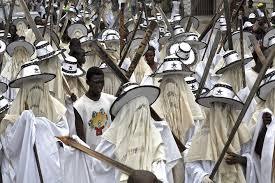
Eyo Alaketepupa is the second in the order of Eyo groups. They are also called ‘ Iyu Oba Olori Eyo Alaketepupa’ which makes them believe they are the first Eyo cult groups in Lagos.People refer to themas Laba – the first. The Alaketepupa usually wears a red hat with white tapings around it.
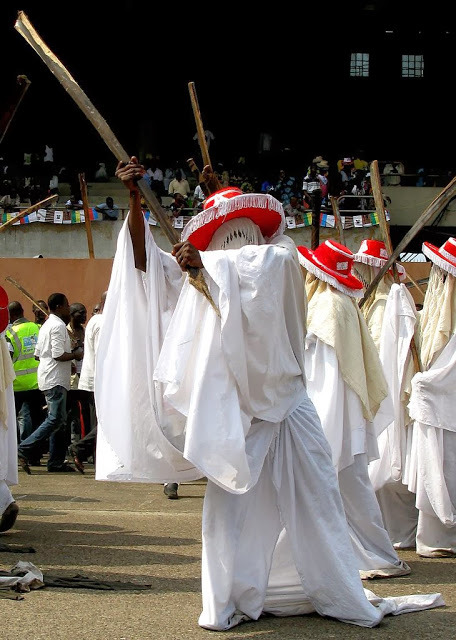
Eyo Oniko is the third in the order and popularly recognized because of the long wooden stick it wields.Oniko wears a yellow hat with black tapings around it with the shrine at the Alagbeji chieftaincy family Compound.
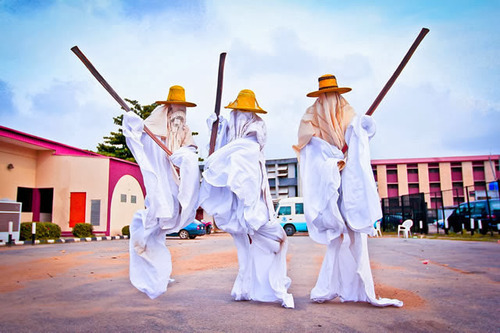
Eyo Ologede can be identified by the stilts that make them tall, and their green hat taped with yellow ribbons. It is of banana leaves. In Yoruba religion the banana is the symbolic of peace in about the same manner the palm oil.They are both used as “ero” (solvent). They are both used in “etutu” literally means appeasement. Ologede is the spirit of the banana tree which embodies the sweetness, the soothing and the tranquilizing spirit in the banana. The word “Ologede” consists of two stems. “Oni” (the owner of) and“Ogede” (banana) which literally means the owner of banana, the spirit of the god of banana.It is the physical and the metaphysical soothing properties of banana-which qualified Ologede as a god of peace.Olugbani family owns Ologede with its shrine at Onigemo compound. As Oniko seeps off the filth and the ills of the passing year, Ologede bestows peace, harmony and prosperity for the coming year.
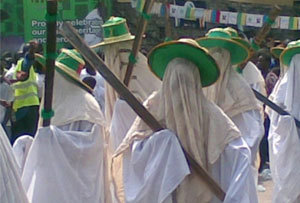
Eyo Agere is also called elegba opopo. It can be identified by its purple hat with light purple ribbon tapings. As an Orisa, it has its shrine at agbede along oju olokun street,Lagos. It represents the figure of discipline by the canes it carries.
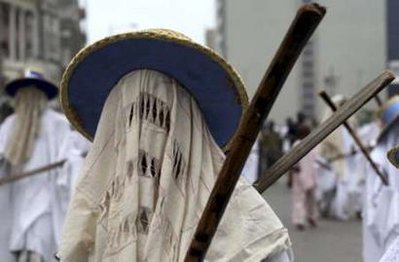
The Opambata is the long staff that every Eyo carries. It is popularly called the Opa and is the most significant of the masquerades regalia. It is a staff of authority carried by each and every Eyo and is the most feared piece of item by onlookers and spectators.
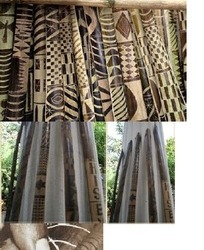
youtube
51 notes
·
View notes
Photo
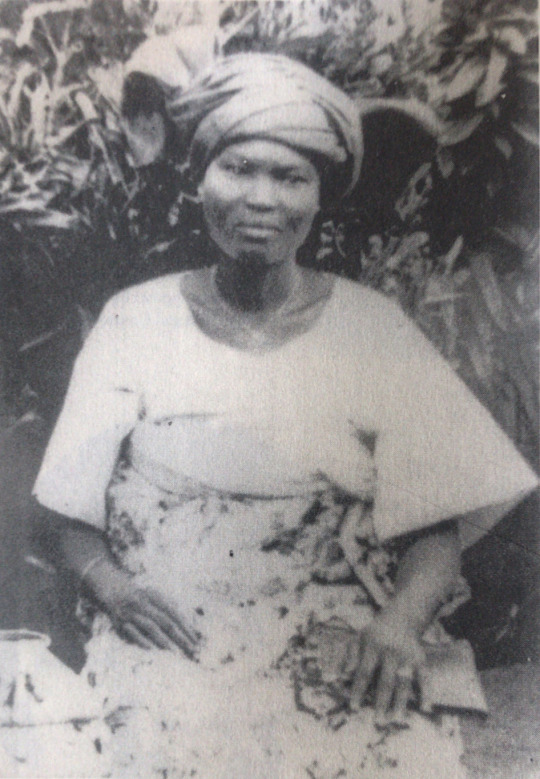
photograph 1: Funmilayo-Ransome Kuti in her twenties
Abeokuta Women’s Union (1947)
In the early 1940s, the British government tried to implement a series of price controls and confiscation of food goods as a way to offset shortages due to World War II. In Abeokuta, the government was seizing rice from market women. In September 1945, three members of the Abeokuta Ladies’ Club (ALC, an organization led by Funmilayo Ransome-Kuti), and three members from the National Union of Teachers (NUT) went to the district officer for Abeokuta to demand an end to the seizure of women’s rice. Following this action, several protest delegations were sent to the district officer (DO), assistant district officer, and the Egba Native Administration Council and nothing changed. Eventually, the ALC held a public press conference. Daily Service, a publication, wrote an article about the demonstration, quoting AWU leaders: “We the members of the Abeokuta Ladies’ Club, on behalf of all Egba women, appeal to the press of Nigeria to help to bring the seriousness of the position [of the market women] to the attention of the authorities before it is too late.” Shortly after the article was published, the confiscation of rice ended. The victory brought about more membership to the ALC. And in March 1946, the Abeokuta Ladies Club became the Abeokuta Women’s Union (AWU).
The AWU continued to apply pressure by putting together a list of demands which included the end to flat-rate taxation of women, the abdication of the Alake (the head of traditional local authority, put in place by the British), the end to the Sole Native Authority (SNA) and a more representative system of government that included women. As time went on, the AWU documented the current Alake’s, Ademola II, abuses of power ranging from his leasing of land that did not belong to him to expatriates, his support of food and price control, the violent enforcement of regulations, and inappropriate sexual relations within the dipeomu system—a system whereby women can leave their husbands and reside in the Alake’s palace. The AWU also demanded for better public services such as proper sanitation, medical and educational facilities.
Throughout 1946, the AWU sent several petitions to the Alake and hosted many meetings and demonstrations. However, in late 1946, the Alake decided to increase the flat-rate tax on women. In response, the AWU relentlessly held a series of mass demonstrations, sent petitions to colonial authorities, and letters to editors of major newspapers throughout 1947 and 1948. This resulted in multiple arrests, a lot of harassment, and a variety of bannings (of Funmilayo Ransome-Kuti) as retaliation. Eventually on January 3,1949, Ademola II abdicated as Alake. Nonetheless, the struggle wasn’t over.
On January 15, 1951, Ademola was reinstated as Alake and in 1952, the Central Council voted to restore the water rate tax on women. In return, the AWU continued to send petitions and hold protests. Finally in 1960, the water rate tax was abolished. In conclusion, the Abeokuta Women’s Union has an impressive and extensive history of political demonstrations for women’s rights and power.
Highly Recommended Reading/Sources: Johnson-Odim, C., & Mba, N. E. (1997). “Lioness of Lisabi” The Fall of a Ruler. In For women and the nation: Funmilayo Ransome-Kuti of Nigeria (pp. 66-94). Urbana: University of Illinois Press.
28 notes
·
View notes
Text
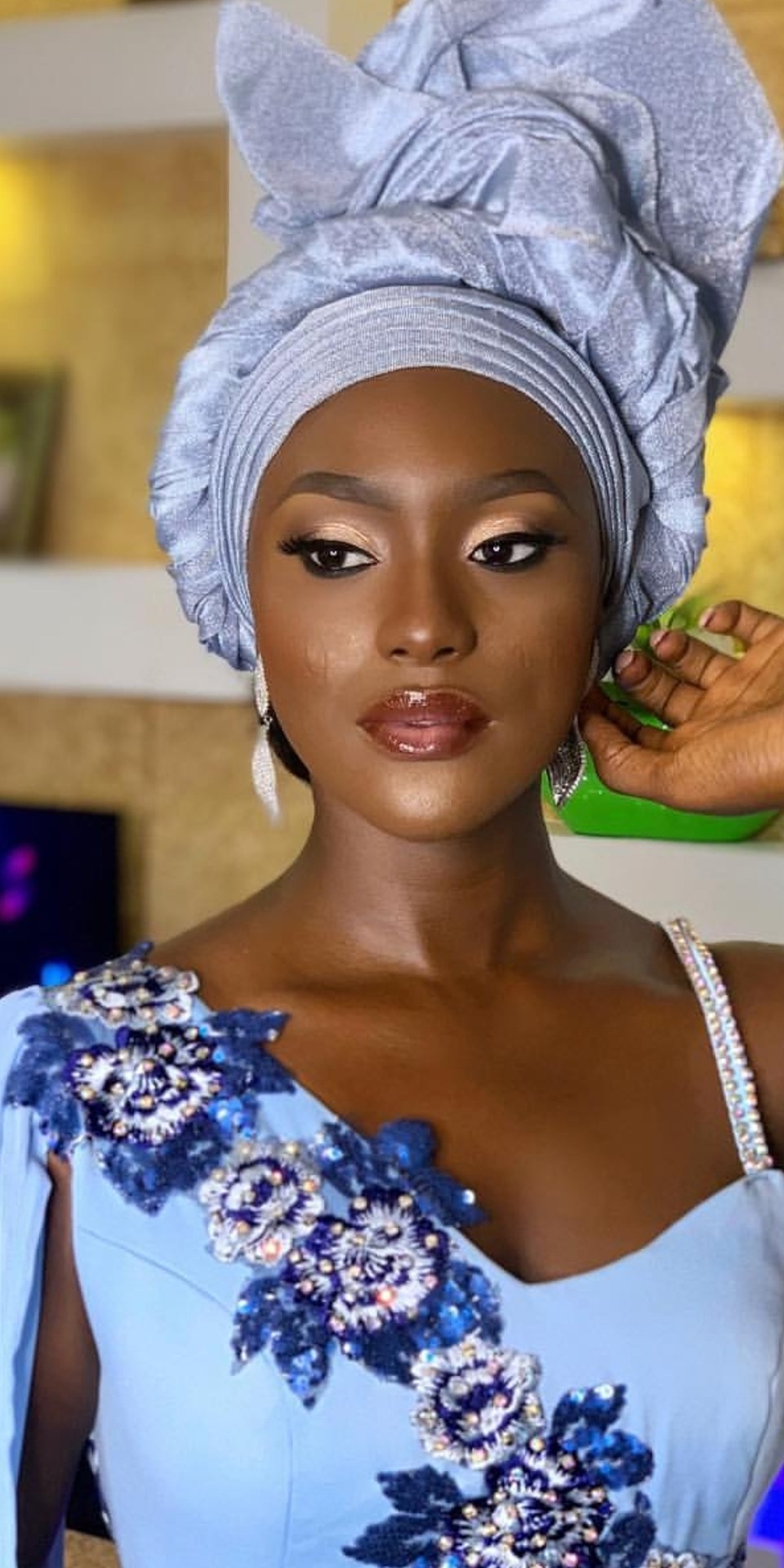
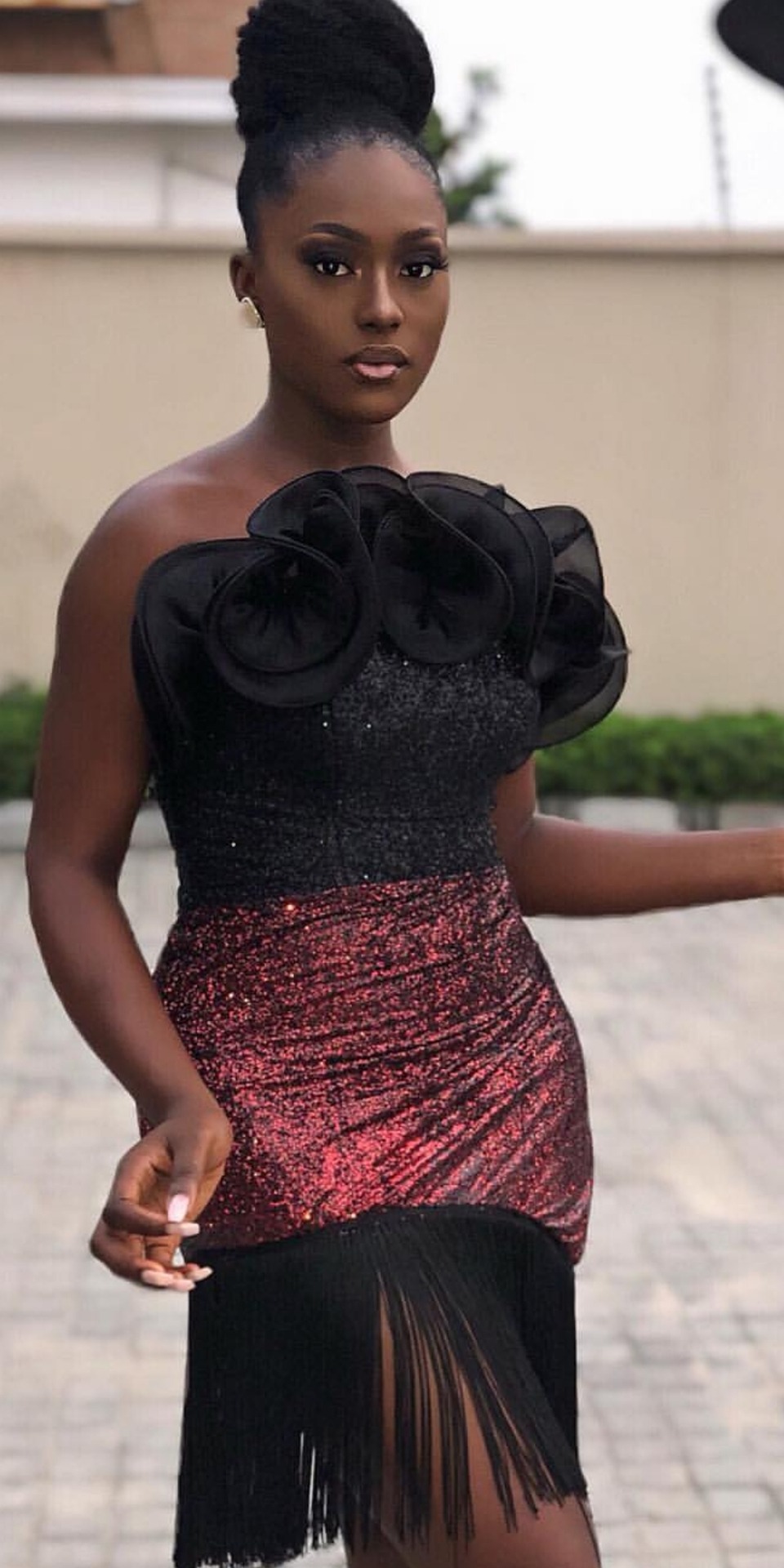

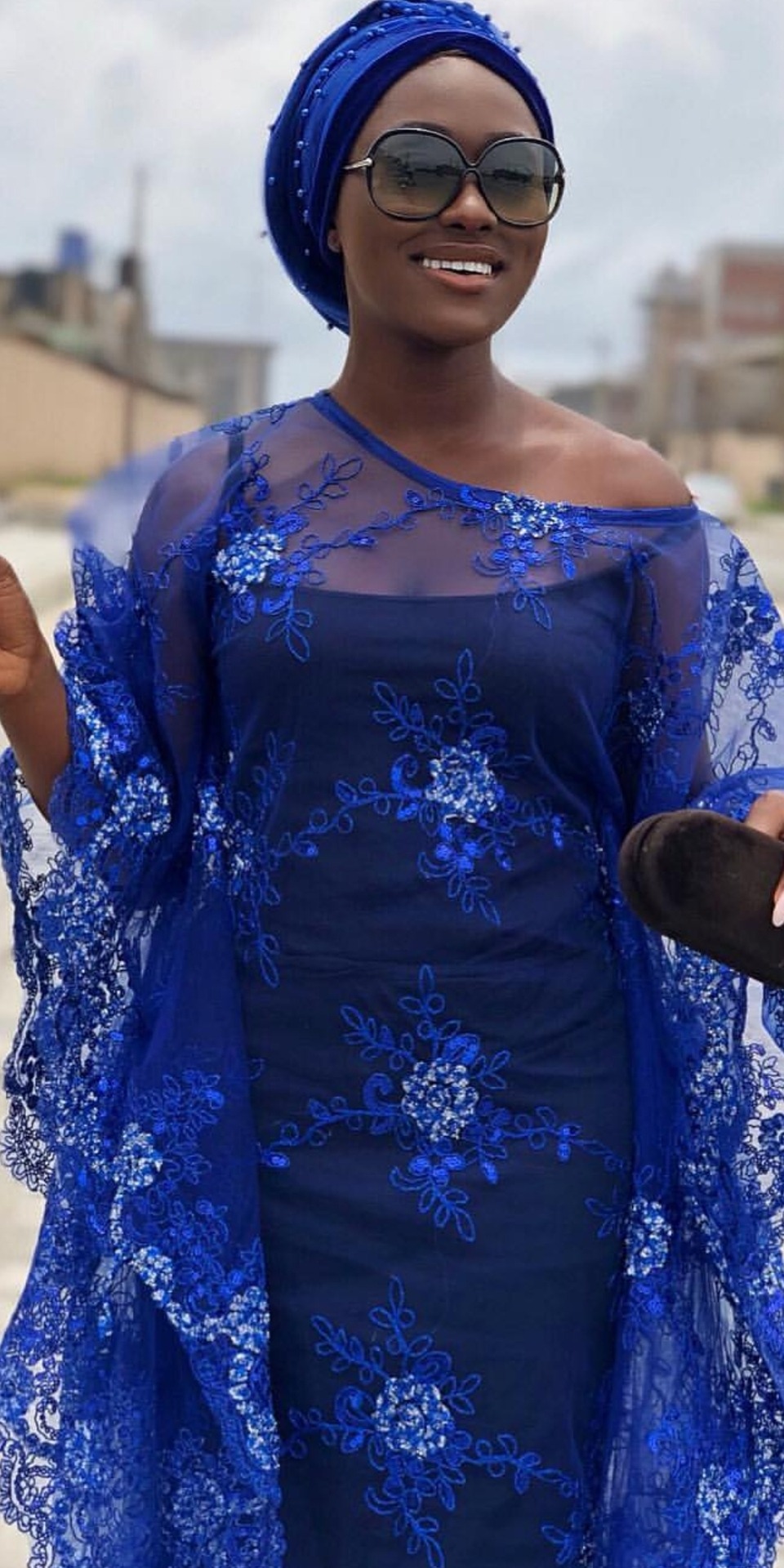
Nigerian Actress: Linda Osifo 🇳🇬😍
239 notes
·
View notes
Text
Yoruba Monarch: (King) Oba Adeyeye Enitan Ogunwusi ( The Ooni of Ife, Osun State, Nigeria) 🇳🇬

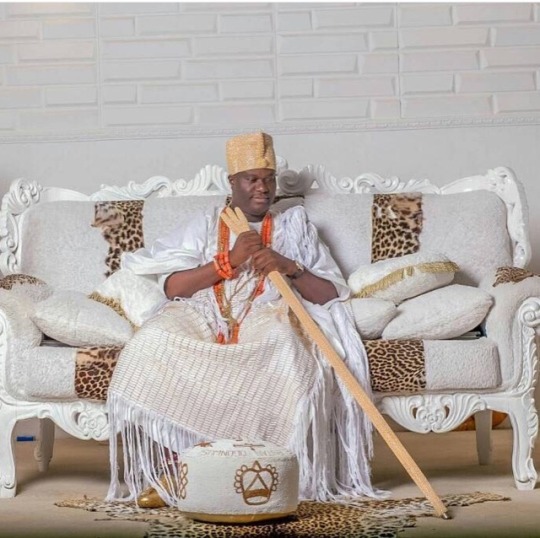
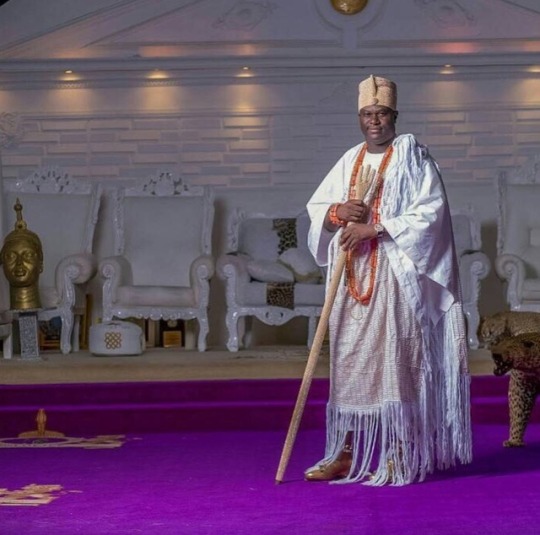
26 notes
·
View notes
Photo
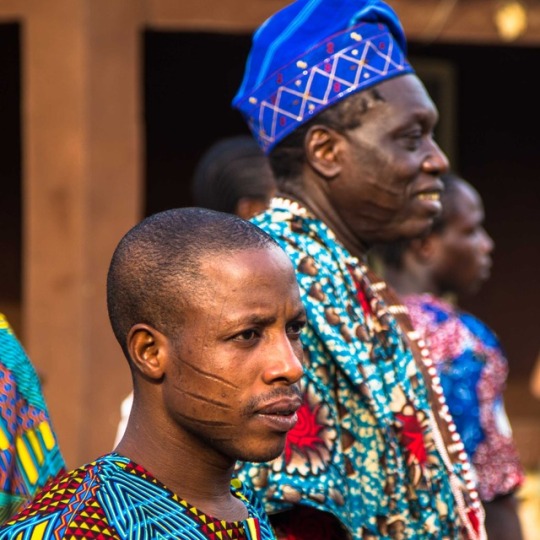
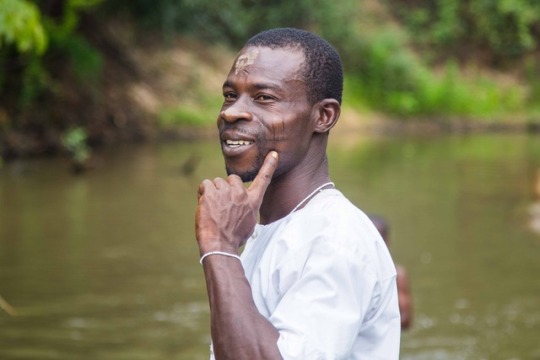
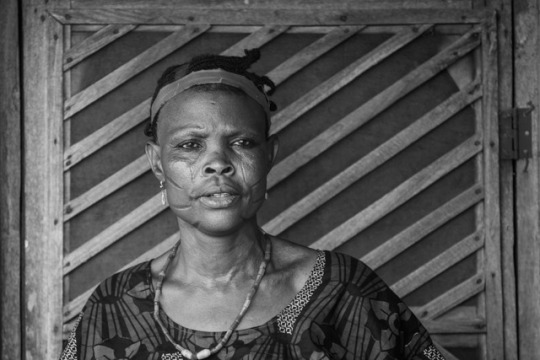
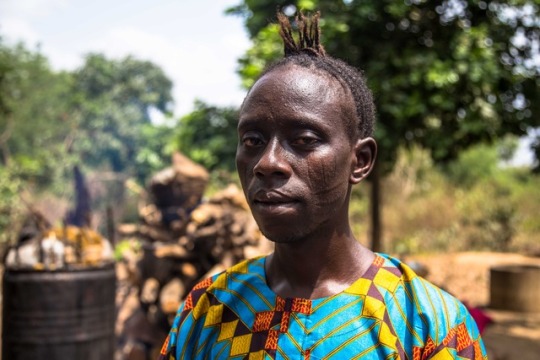
Tribal Marks, Yorubaland
Oyo, 2017
233 notes
·
View notes
Photo
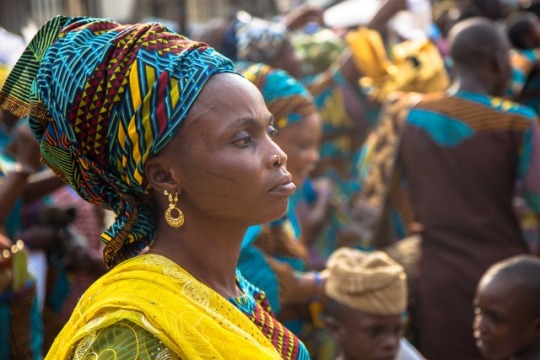
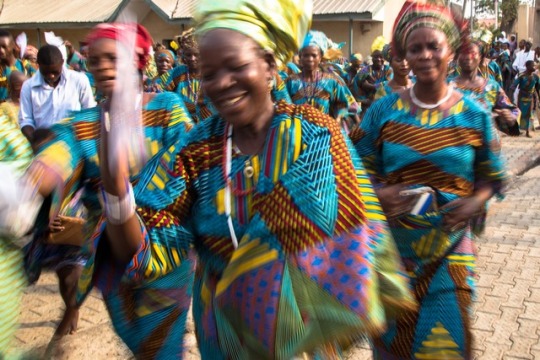
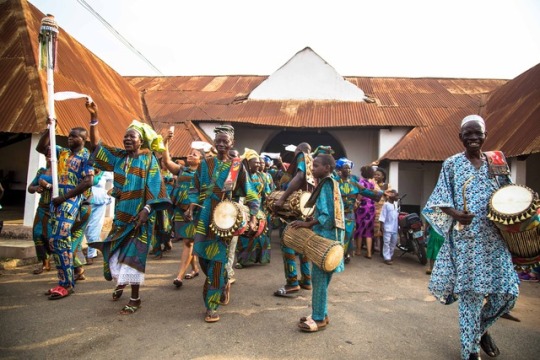
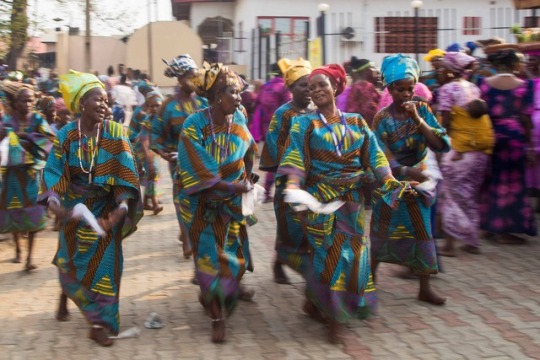
Women at Egbe Festival at Alaafin of Oyo’s palace in Oyo.
426 notes
·
View notes
Photo
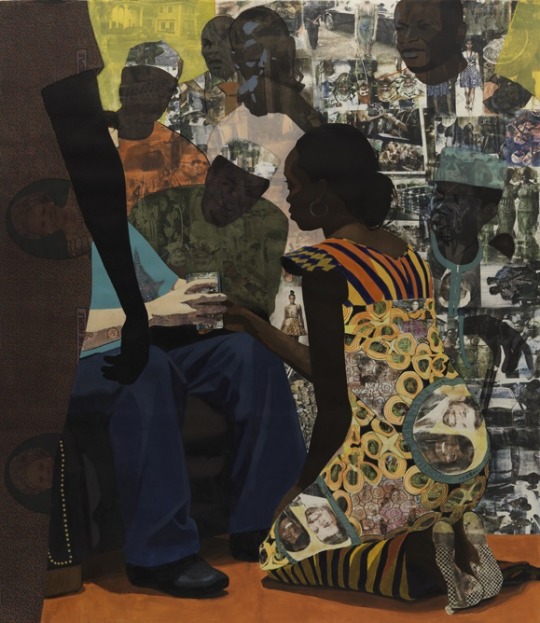
Wedding Portrait, Njideka Akunyili Crosby | Nigerian
291 notes
·
View notes

